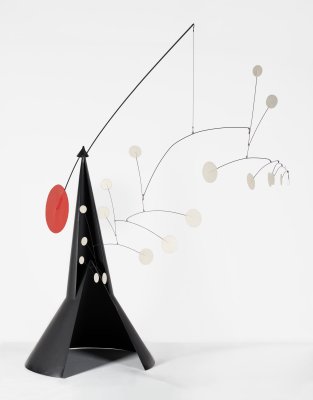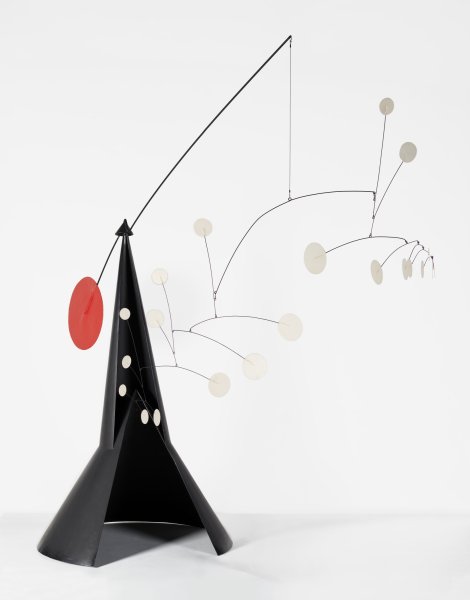Kinetic Art Mobiles

Alexander Calder (American, 1898-1976). The Cone, 1960. Painted metal, 100 x 110 x 65 inches (254 x 279.4 x 165.1 cm). Collection Albright-Knox Art Gallery, Buffalo, New York; Gift of Seymour H. Knox, Jr., 1961 (K1961:24). © Calder Foundation / Artists Rights Society (ARS), New York.
